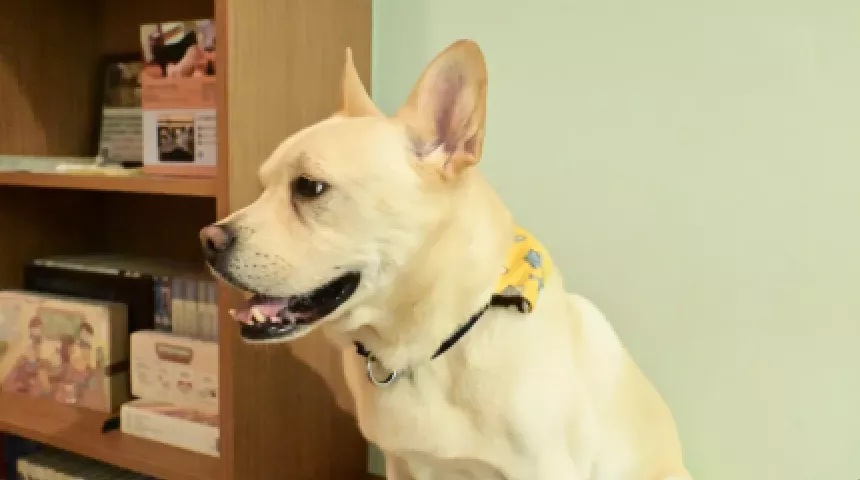Following in steps of our ancestors through the nose flute
Having survived for countless generations, the survival of the Paiwan (排灣) tribe’s enchanting nose flute sound is threatened by modern civilization. Those still living and capable of passing on this art, face a difficult job in imparting this important part of Paiwan’s cultural inheritance to the young generation. The Bureau of Cultural Heritage (文化資產局) and Chinese Folk Arts Foundation (中華民俗藝術基金會) raised a research and study program at Sheng Ye Museum of Formosan Aborigines (順益原住民博物館), taking participants from the production of nose flute to playing basic melodies; to everyone’s surprise, it turned out that making a Paiwan nose flute wasn’t so hard after all.
After finding a piece of bamboo with a suitable length and diameter, the bamboo is cut at a node and the area sanded smooth; this forms the mouthpiece. A file is then used to cut a 0.7 cm blowhole at the mouthpiece, and any extra length of bamboo cut off. After testing the tone, the bamboo is baked dry and fingering holes drilled at distances to complement one’s hand size; at this point the flute is more or less finished. The sound of the nose flute can convey a whole spectrum of moods, from intense love to grief-stricken mourning.
In the past, only men with high-standing in the tribe were permitted to play the flute, and Sauniaw Tjuveljevelj (少少妮瑤), who has devoted her life to passing on the art and culture of the Paiwan nose flute, is the first woman to break through this cultural tradition. The nose flute issues an extraordinary sound akin to weeping which transmits the mysterious and spiritual wisdom of the Paiwan people. Making a nose flute isn’t too difficult; the real difficultly lies in ensuring that this beautiful instrument, a symbol of the Paiwan tribe’s ethnic culture, remains alive into the future.
Following in steps of our ancestors through the nose flute
URL:https://www.peopo.org/news/218447
(以下是中文對照)
誰,跟隨vuvu的鼻笛

排灣族代代傳承了淒美的鼻笛聲,已快要消失在文明世界,活在現代的傳藝師,有著更大的考驗,延續、開拓古老的故事,由文化資產局和中華民俗藝術基金會在順益原住民博物館舉辦研習課程,從製作鼻笛到用排灣的基本調子吹奏,原來做一支傳統的排灣族鼻笛,並不會太難,找到合適長度與直徑的竹子,把靠近竹節的吹口修飾磨平,以銼刀鑽0.7公分的吹孔,鋸掉多餘的長度,試完音,接著把竹子烤乾,量好手指按壓距離並鑽孔,大致就算完成。
鼻笛的聲音傳達一種愛戀或哀思的情緒,過去鼻笛只有男性貴族才能吹奏,少少妮瑤是第一位打破這項傳統的女性,並致力於鼻笛文化傳承的工作。鼻笛吹奏時能發出像是哭泣般的特殊調子,這種聲音,傳遞著排灣族的深邃和心靈智慧,造一把笛或許不難,困難的是,讓印記族群特色的傳統笛音能延續下去。




回應文章建議規則: